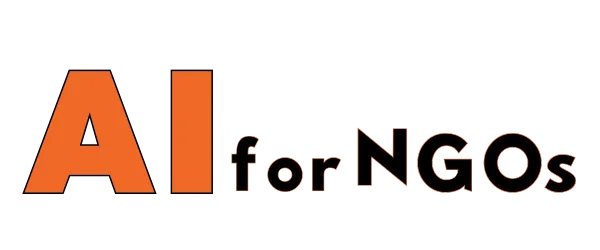As technology continues to advance, non-profit organizations are finding new ways to connect with their audience and further their mission. One of the most innovative tools that non-profits are using today is chatbots. These AI-powered virtual assistants are revolutionizing the way non-profits communicate with donors, volunteers, and the general public. In this article, we will explore the power of chatbots and how they are transforming non-profit communication and outreach.
How Chatbots Benefit Non-Profits
Chatbots offer a wide range of benefits for non-profit organizations. One of the key advantages is their ability to provide instant and personalized responses to inquiries. This can help non-profits engage with their audience more effectively and provide a better user experience. Chatbots can also handle a large volume of inquiries simultaneously, freeing up staff to focus on more strategic tasks.
Another benefit of chatbots is their ability to collect data and analytics on user interactions. Non-profits can use this data to better understand their audience and tailor their communication strategies accordingly. Chatbots can also help non-profits streamline their processes and reduce costs by automating tasks such as event registrations, donations, and volunteer sign-ups.
Increasing Engagement
Chatbots can help non-profits increase engagement with their audience by providing a more interactive and personalized experience. By using chatbots, non-profits can create engaging conversations that guide users through the donation process, provide information about events and services, and answer frequently asked questions. This can help non-profits build stronger relationships with their supporters and encourage them to stay involved.
Expanding Reach
Chatbots can also help non-profits expand their reach by reaching a larger audience through social media platforms and websites. By integrating chatbots into their digital channels, non-profits can make information more accessible and easy to find for users. This can help non-profits reach new donors, volunteers, and supporters who may not have been aware of their organization otherwise.
Conclusion
Overall, chatbots have the power to transform non-profit communication and outreach by providing instant, personalized, and engaging interactions with their audience. By leveraging chatbots, non-profits can increase engagement, expand their reach, and streamline their processes to better achieve their mission. As technology continues to evolve, chatbots will play an increasingly important role in helping non-profits connect with their supporters and make a greater impact in their communities.
FAQs
How do chatbots work?
Chatbots use artificial intelligence to simulate conversations with users in a natural way. They can understand user inputs, provide responses, and learn from interactions to improve their performance over time.
Are chatbots expensive to implement?
The cost of implementing a chatbot can vary depending on the complexity of the bot and the platform used. There are many affordable options available for non-profits looking to integrate chatbots into their communication strategy.
Can chatbots replace human interaction in non-profits?
While chatbots can handle many routine inquiries and tasks, they are not meant to replace human interaction entirely. Human touch is still important in building relationships and trust with supporters. Chatbots can complement human staff by handling repetitive tasks and providing instant responses to inquiries.









